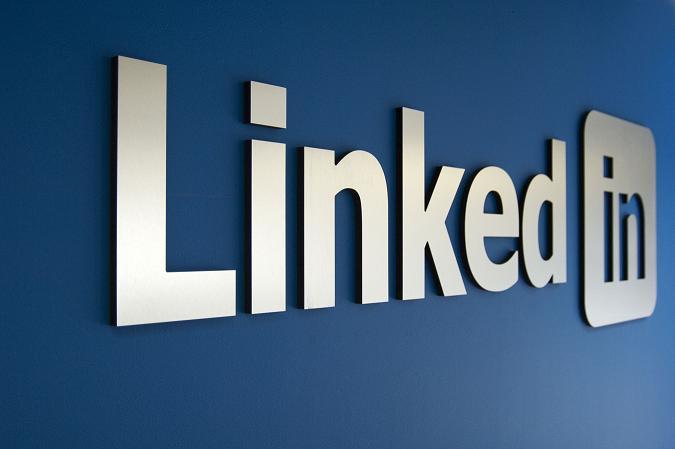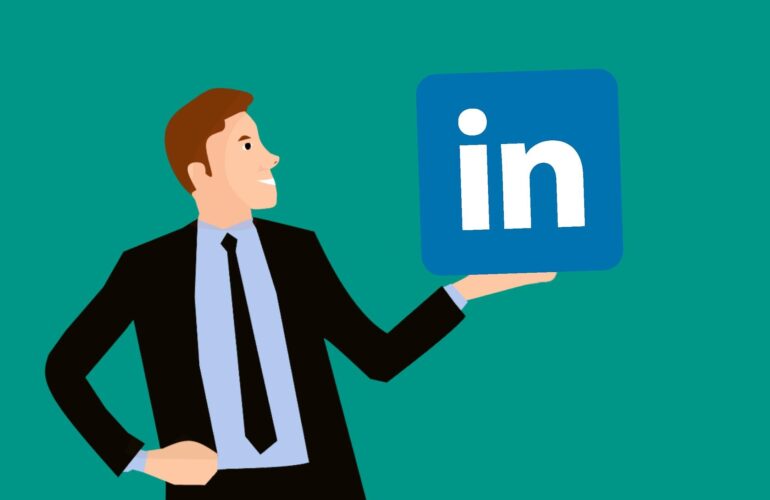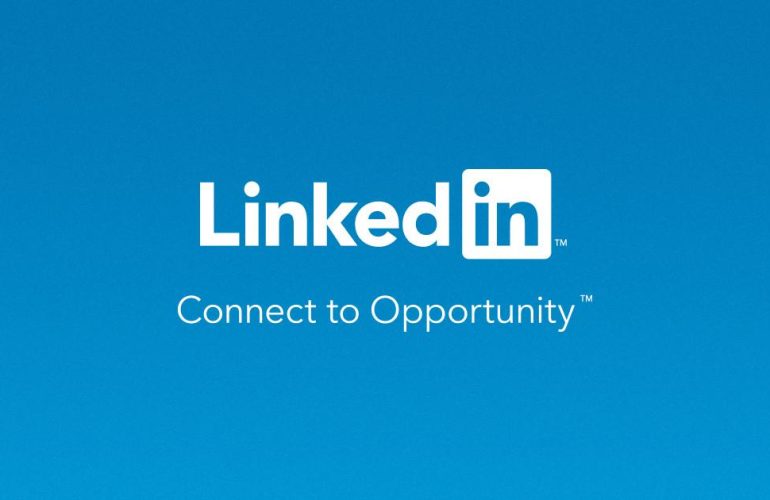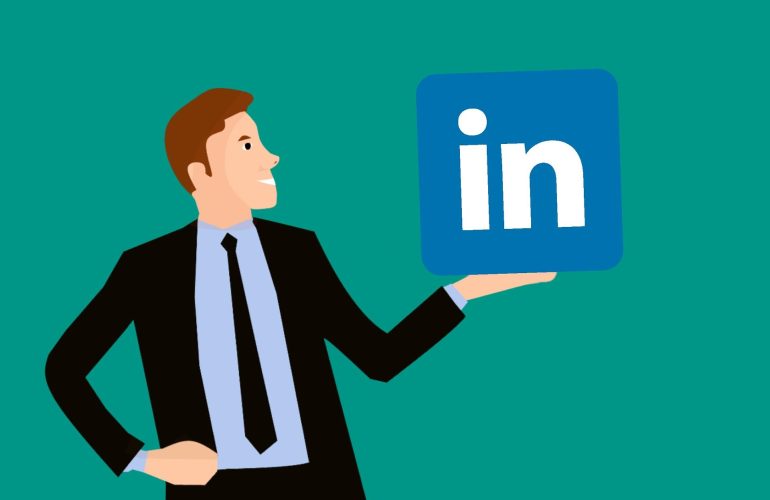In the ever-evolving landscape of professional networking, LinkedIn stands out as an indispensable tool for career advancement and business development. With over 900 million users globally, the platform offers unparalleled opportunities for meaningful connections, yet navigating its vast potential can be daunting. Effective LinkedIn outreach is more than just a numbers game; it requires a strategic approach that balances personalization with scalability. This article delves into proven methodologies and tactics for maximizing outreach on LinkedIn, emphasizing the importance of tailored communication, relationship building, and value-driven engagement. By analyzing successful outreach campaigns and dissecting the principles behind them, we aim to equip professionals with actionable strategies that can transform their networking efforts into tangible results. In a realm where first impressions are often digital and fleeting, mastering the art of LinkedIn outreach emerges as a critical competency for anyone seeking to leverage the platform for professional growth and opportunity.
Table of Contents
- Understanding Your Target Audience for Successful Outreach
- Crafting Compelling Connection Requests that Convert
- Developing Engaging Follow-Up Strategies to Nurture Leads
- Utilizing LinkedIn Analytics to Refine Your Outreach Efforts
- To Wrap It Up
Understanding Your Target Audience for Successful Outreach
To maximize the effectiveness of your outreach efforts on LinkedIn, it’s essential to delve deep into the psyche of your potential audience. This entails gathering insights on their professional backgrounds, industry challenges, and personal interests, which can shape how you tailor your messaging. Start by identifying key attributes of your ideal prospects, such as:
- Demographics: Age, gender, and location.
- Professional Background: Job titles, industries, and years of experience.
- Interests: Relevant topics they engage with on LinkedIn.
- Challenges: Common pain points within their roles.
Once you have a clearer picture of your target demographic, the next step is personalizing your outreach strategy. Create content that resonates with their experiences and values, ensuring your messages stand out in their crowded inboxes. Utilizing tools like LinkedIn’s advanced search features can help uncover specific connections and trends. Consider utilizing the following tactics:
- Engagement: Comment on their posts to build rapport.
- Customized Invitations: Introduce yourself with a genuine compliment or shared interest.
- Content Sharing: Share articles or insights relevant to their industry, adding value.
Crafting Compelling Connection Requests that Convert
To maximize the impact of your connection requests on LinkedIn, it’s essential to tailor your approach to the individual you are reaching out to. Start by doing your research: delve into their profile to learn about their professional background, interests, and recent activity. Highlighting a mutual connection or common interest in your message can significantly increase your chances of acceptance. Here are some effective elements to include:
- Personalization: Use their name and mention a specific detail that shows you’ve taken the time to understand who they are.
- Value Proposition: Clearly articulate what value you bring to the connection. How can you help them or contribute to their goals?
- Call to Action: Suggest a clear next step, whether it’s a brief chat, sharing resources, or an invitation to connect.
Moreover, the phrasing of your connection request can greatly influence its effectiveness. Avoid generic messages that feel spammy; instead, opt for a more conversational and polite approach. For instance, consider incorporating a brief but sincere compliment or acknowledgment of their work. This formal tone combined with a personalized touch can lead to higher engagement rates. Here’s a quick comparison of successful versus unsuccessful connection requests:
| Successful Requests | Unsuccessful Requests |
|---|---|
| “Hi [Name], I admired your recent article on [Topic]. I’d love to connect and discuss it further!” | “Hi, I’d like to add you to my professional network.” |
| “I noticed we share a passion for [Common Interest]. Let’s connect and exchange insights!” | “Hello, I want to connect for business opportunities.” |
Developing Engaging Follow-Up Strategies to Nurture Leads
In the competitive landscape of LinkedIn outreach, crafting effective follow-up strategies is crucial for nurturing leads. Following an initial connection or engagement, it’s important to remain present in your prospect’s mind without overwhelming them. A well-timed follow-up can significantly enhance your chances of conversion. Consider scheduling follow-ups at strategic intervals, such as:
- 1 Week After Initial Contact: Reinforce the value of your proposition.
- 2 Weeks After Initial Engagement: Share additional relevant resources.
- 1 Month Later: Request feedback on their current challenges and interests.
Utilizing personalized messaging in your follow-ups can also create a more meaningful interaction. Address the prospect by name, reference your last conversation, and offer tailored solutions that resonate with their specific needs. You may also implement a tracking system to monitor the effectiveness of various strategies, ensuring you refine your approach based on the data collected. A simple overview could look like this:
| Follow-Up Period | Message Focus | Goal |
|---|---|---|
| 1 Week | Value Proposition | Build Interest |
| 2 Weeks | Additional Resources | Provide Value |
| 1 Month | Challenges & Interests | Gather Insights |
Utilizing LinkedIn Analytics to Refine Your Outreach Efforts
LinkedIn Analytics offers valuable insights that can significantly enhance your outreach strategies. By assessing engagement metrics such as the number of profile views, connection requests, and the effectiveness of your content, you can fine-tune your approach. Start by examining the demographics of your audience, which can help you understand their industry, location, and interests. This data allows for tailored outreach that speaks directly to the needs of your target market. Consider implementing the following tactics to leverage your analytics effectively:
- Monitor Engagement Rates: Track which posts receive the most interactions and adjust your content accordingly.
- Refine Your Targeting: Use demographic data to create more personalized connection requests and messages.
- Evaluate Timezones: Identify when your audience is most active to optimize posting times.
Furthermore, segmenting your data can reveal trends that would otherwise go unnoticed. Create a comparison table to assess how different types of outreach messages perform over a set period. This will help you identify the best practices that resonate with your audience.
| Message Type | Engagement Rate | Response Rate |
|---|---|---|
| Personalized Connection Requests | 25% | 30% |
| Content Sharing | 15% | 10% |
| Direct Questions | 20% | 25% |
By continuously analyzing these metrics, you can adjust your outreach techniques to maximize impact and engagement, ensuring that your efforts yield the best possible results over time.
To Wrap It Up
mastering the art of LinkedIn outreach is not merely about sending connection requests or personalized messages; it transcends to building authentic relationships that can significantly influence business growth and professional development. The strategies outlined in this article—ranging from targeted content sharing to the judicious use of mutual connections—provide a structured approach to engage prospects meaningfully.
As LinkedIn continues to evolve into a dynamic networking platform, embracing these proven methodologies will not only enhance your visibility but will also foster a sense of trust and credibility among your target audience. It is essential to remain adaptive and responsive to the behaviors and preferences of your connections, as these factors play a critical role in the success of your outreach efforts.
Ultimately, effective LinkedIn outreach requires patience, consistency, and a strategic mindset. By investing the time to understand your audience and tailoring your approach accordingly, you can unlock the true potential of this powerful tool, cultivating relationships that yield long-lasting professional opportunities. The journey may be intricate, but it is undoubtedly one worth navigating for those committed to harnessing the potential of effective networking.






